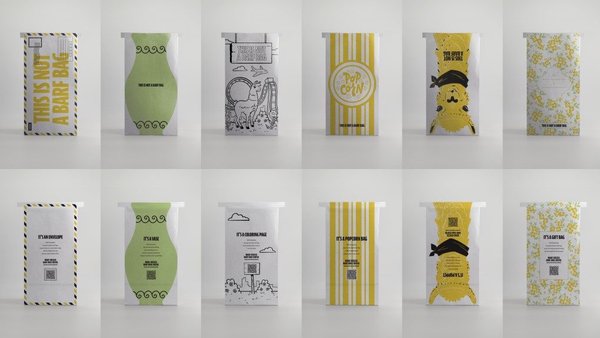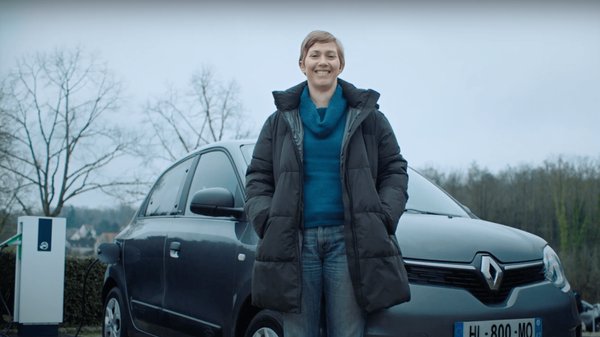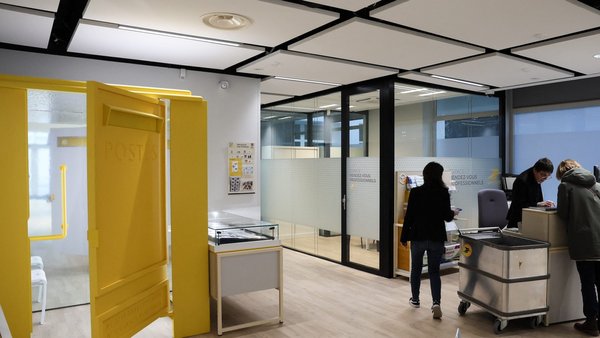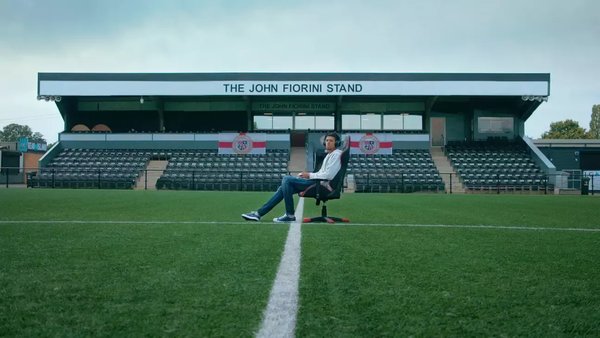Campaign of the Week
Citroën upgrades unsafe speed bumps into safer branded alternatives /
French car brand tackles rural road safety with customised solutions benefiting local communities
According to BETC, Paris, rubber speed bumps have been banned in France since 2009 due to their slippery surface during heavy rain. Despite this, they are still largely used in France as small municipalities lack the financial resources necessary to upgrade them.
Alongside the agency, French car brand Citroën is offering to substitute France’s outdated speed bumps with safer branded alternatives – the cost of which is equivalent to a billboard ad. The Bumpboards, white with a logo and tagline, are installed in partnership with local authorities in full respect of all regulations in place.
The initiative was rolled out in Issoire, a small town in central France, with all 34,000+ French municipalities being encouraged to register their interest in the scheme online from April 2025.
The brand, which has already received over a dozen applications, has earmarked its advertising budget for this initiative, which covers the cost of replacing speed bumps in rural France over the coming five years.
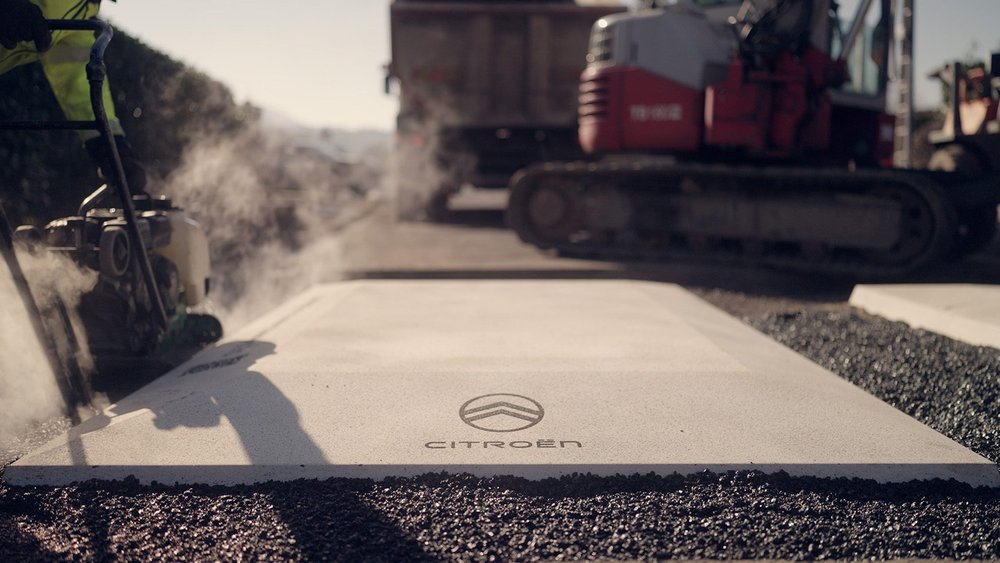
Contagious Insight /
Making history / By focusing on overlooked rural municipalities, where Citroën has long been the car of choice, the brand deepens its identity not through slogans, but through service. Citroën’s roots run deep in France, where it became popular after the First World War for making cars more accessible to the public. Its founder, André Citroën, transformed French car manufacturing by introducing Ford’s mass production techniques to Europe, helping make brand the world’s fourth-largest automaker by the late 1920s.
Over the years, it’s built a positioning around being the ‘car for the people’ that it continues to uphold and, according to BETC, has long been the best‑selling brand in French villages. As the agency’s managing director Medhi Benali told us: ‘Citroën is almost a national jewel in France. It’s obviously a famous brand, with a rich history of innovation, design, and popular mobility solutions. More importantly it’s a brand that has always made a point of doing things differently and promoting out-of-the-box thinking.’
With this campaign, Citroën is not just claiming to be a brand ‘for the people’ but rather it’s proving it, by redirecting its advertising budget into real improvements for the very communities that built its legacy. Benali said, ‘This isn’t a business-driven idea, but rather a way to demonstrate that it is possible to contribute to the well-being of the people on the road, help the small towns where most of our customers live and do a little bit of advertising for the brand in the meantime.’
Show up unannounced / When brands show up in places we don’t expect, like on a speed bump, they disrupt routine and grab attention. The Bumpboards are still very much ads, complete with a logo and slogan, and their white finish hue stands out against the grey of the road, making them instantly eye-catching.
This kind of creative media placement taps into the power of surprise, which research shows is one of the main reasons why creative media is overall more effective than traditional media. According to a meta-analysis of 26 studies, putting ads on physical objects that don’t usually carry marketing messages beats typical ads (such as billboards, etc) at strengthening brand associations and persuasion. The Citroën campaign is a welcome reminder that, when the medium is unexpected, the impact is likely to be greater.
Want more of the same? /
We don’t just write about best-in-class campaigns, interviews and trends. Our Members also receive access to briefings, online training, webinars, live events and much more.

